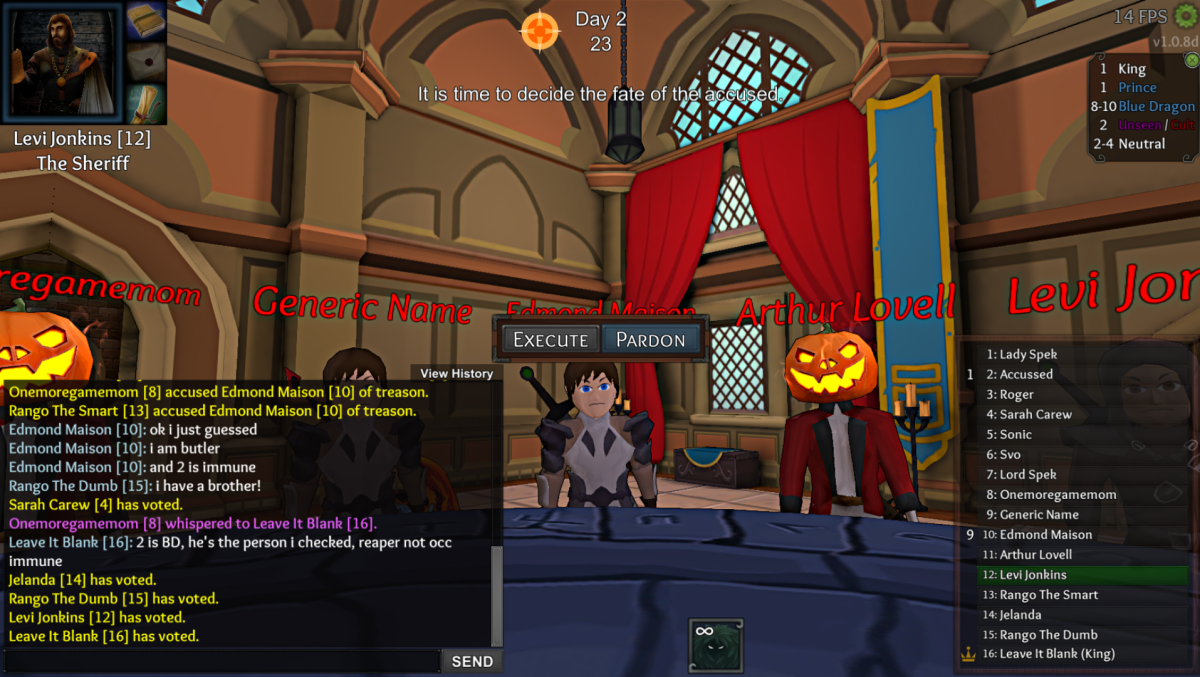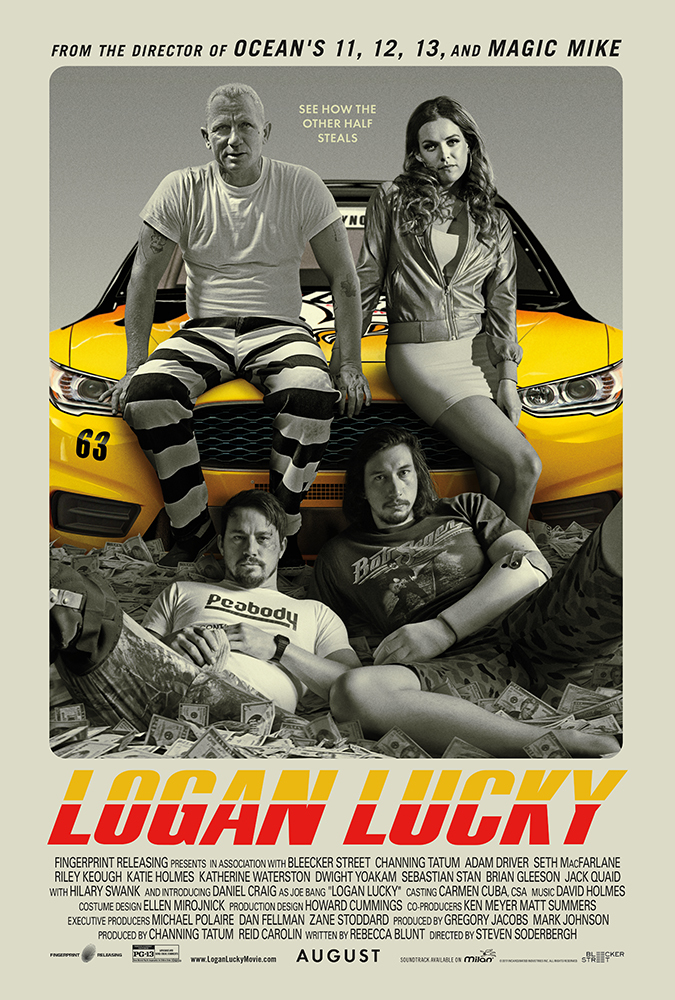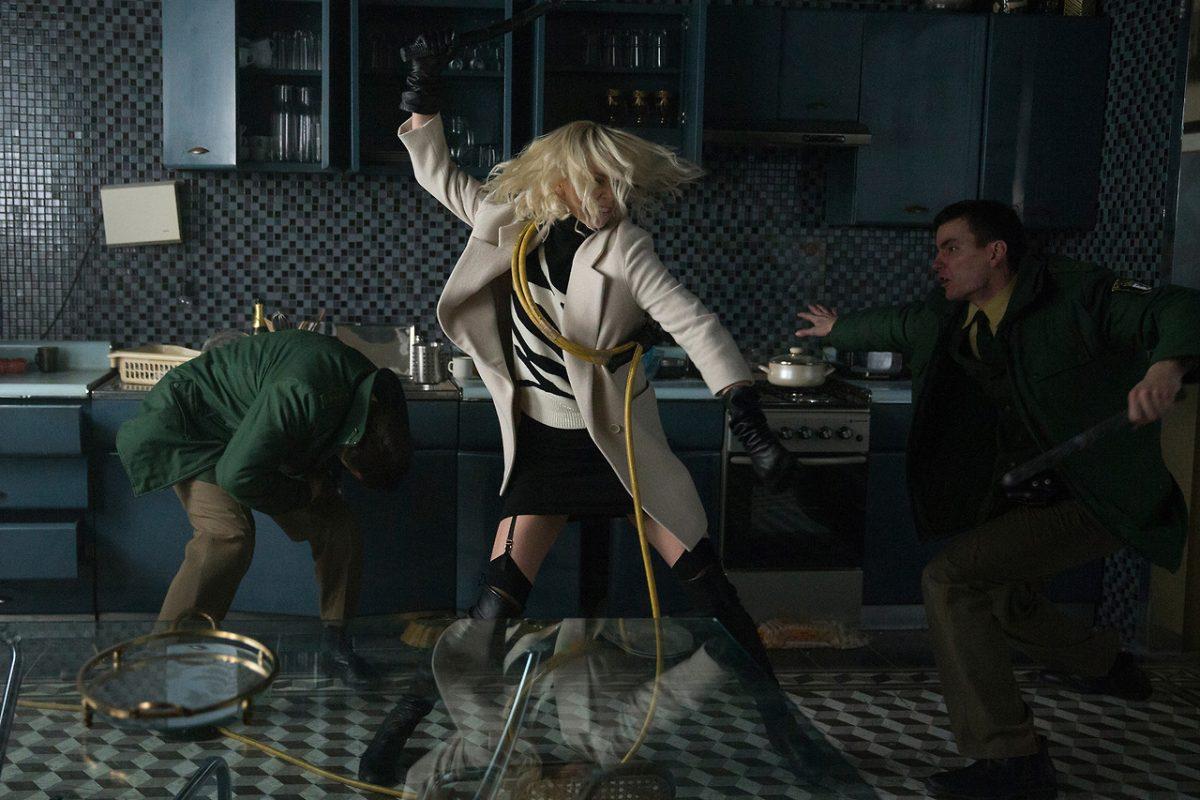James Patterson, author of the Alex Cross and Maximum Ride series, told the Washington Post that his latest novel, The Black Book, was his best in 20 years. If you read this expecting a fast-paced and sharp detective novel, you might be disappointed. Instead, The Black Book underwhelms with cliche dialogue and a drawn-out plot.
The novel, co-authored by David Ellis, centers around a black book — a registry of clients and financial transactions — that goes missing during a police raid of a brothel. Billy Harney, a Chicago police detective who leads the raid, discovers that some of the city’s most powerful figures, including the mayor and archbishop of Chicago, are regular customers.
Harney then finds himself implicated in the murders of his partner, Detective Kate Fenton and state attorney Amy Lentini. He doesn’t remember if he committed these crimes as he partially loses his memory when he is shot. The rest of the story deals with how Harney finds the black book to figure out who is behind the murders and how he exonerates himself.
The story opens with Harney, Lentini and Fenton in an apartment with bullets in their heads. Harney is resuscitated while Lentini and Fenton are pronounced dead. We then jump to a flashback of the brothel raid and the futile search for the black book. The connection between these murders and the black book isn’t apparent at first, but as the story progresses, we find that someone listed on the black book is attempting to silence Harney by framing him for the murders. This isn’t made clear until much later in the plot, which makes it difficult for the reader to remain engaged.
The middle of the story plods through Harney’s recovery from the gunshot wound and focuses on his relationships with his family members, including twin sister Patti, who is also a detective, and father Daniel, who is the chief of detectives at Chicago PD. The flashbacks occasionally dip into melodrama as characters like Patti deliver monologues about their idyllic childhoods and troubled careers. At times, the connection between Harney, the black book and overarching mystery feels tenuous or nonexistent.
Patterson also scatters random and raunchy sex scenes throughout the first half of the plot. Harney finds himself attracted to Fenton and has a brief fling with her, before falling madly in love with Lentini. Harney’s internal monologues about choosing between Fenton and Lentini are long and redundant. The romance feels forced and awkward.
Patterson alternates between present and past tense throughout the novel, perhaps to reflect Harney’s struggle to remember what happened before he was shot. It’s engaging at first, but quickly becomes a distraction, especially as other characters begin to narrate. Simply put, the flashbacks interspersed throughout the present-tense narration are irritating.
It’s only within the last twenty pages or so that the pace begins to pick up. The grand reveal of who committed the murders and framed Harney is genuinely shocking, which might make up for the boring journey. At the same time, it’s frustrating that it took so long to get to the end.
Though the plot is intriguing and full of twists, Patterson disappoints with detective novel tropes that, quite frankly, make the novel difficult to digest. “The Black Book” is engaging enough to keep crime novel junkies interested, but falls short with uninspiring dialogue and an unnecessarily long plot.












